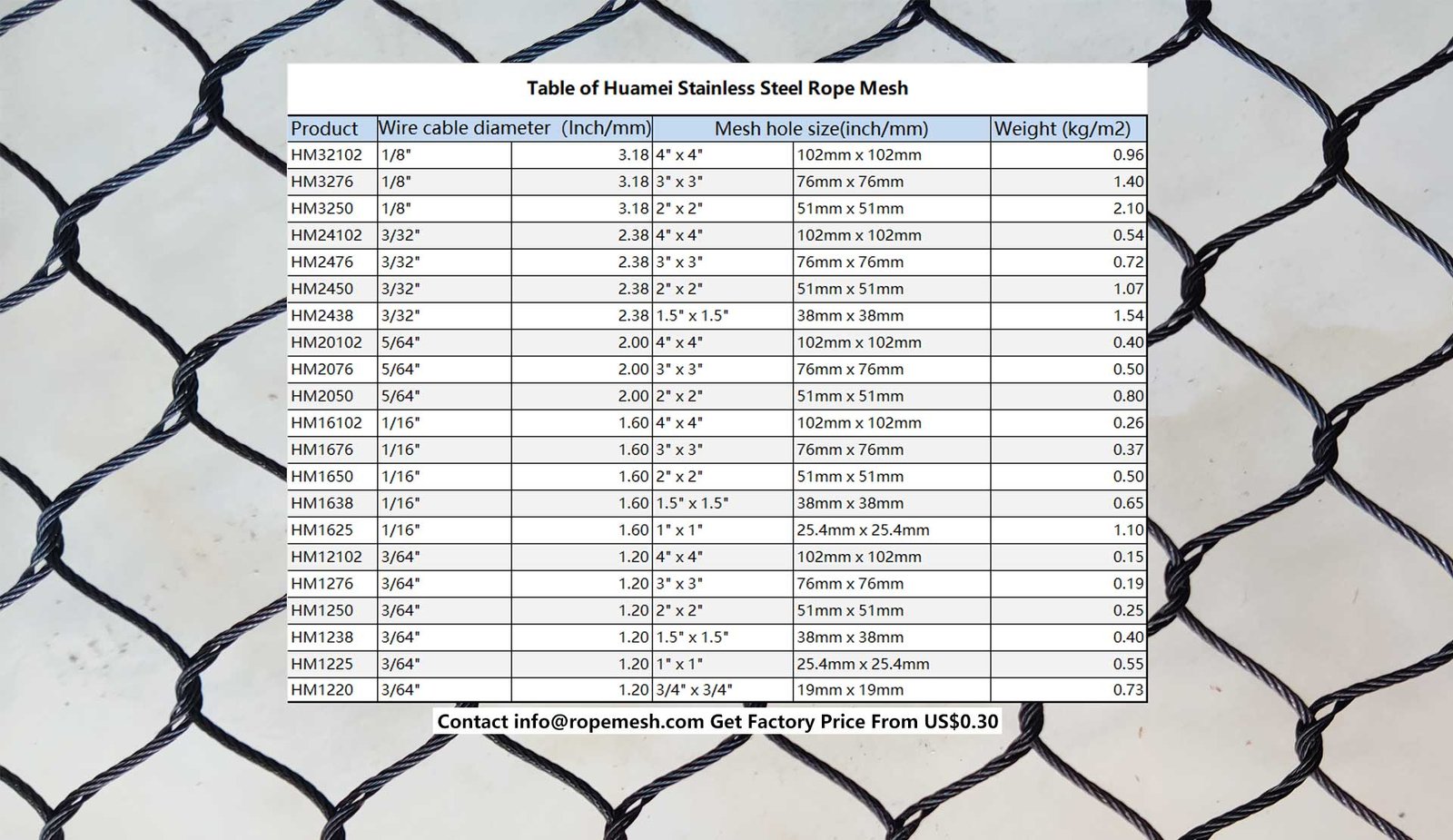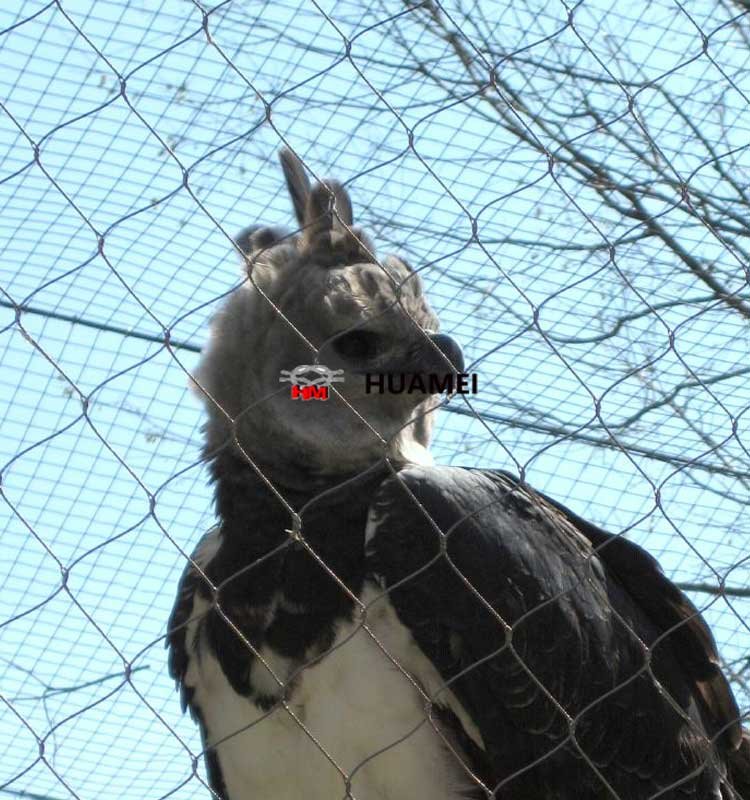Introduction
Hawk netting is a versatile and effective tool for bird control and animal control. Whether you're a homeowner trying to protect your garden from squirrels or a farmer looking to safeguard your crops from pigeons, hawk netting can be a valuable solution.
It's a simple yet effective system that works by creating a physical barrier between birds and animals and your property. Think of it as a protective net that keeps unwanted creatures away.
There are several types of hawk netting available, each with its own strengths and weaknesses. Some are made of plastic, while others are made of nylon or polyester. The choice of material depends on factors like durability, visibility, and cost.
In this guide, we'll delve into the world of hawk netting, exploring its different types, applications, installation techniques, and frequently asked questions. So, let's get started and discover how hawk netting can help you protect your property from unwanted intruders.


